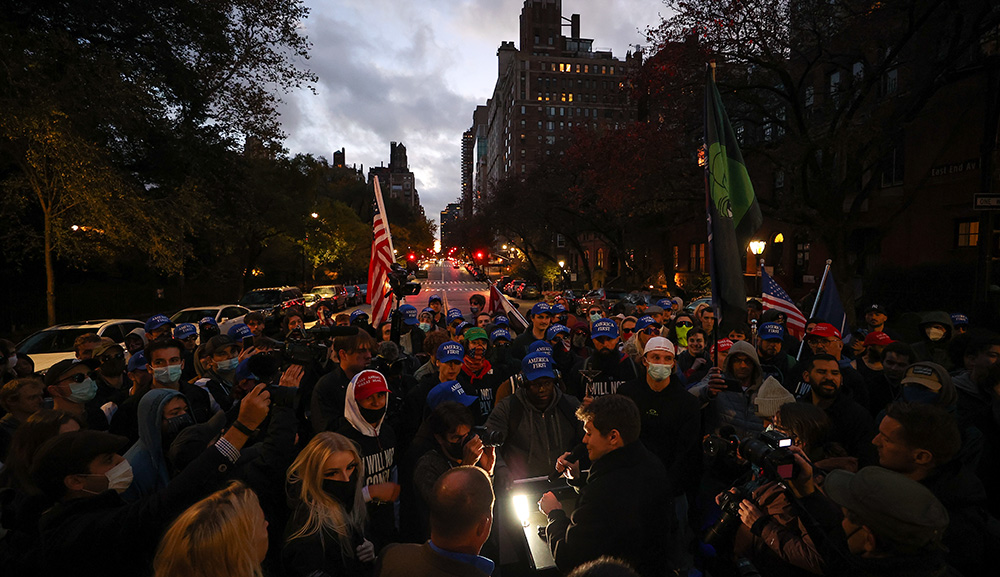Last week, Iran fired missiles into Syria, Pakistan, and Iraqi Kurdistan—claiming to target Islamic State affiliates in the first two, and, less credibly, a “Mossad headquarters” in the third. Iraq and Syria are both countries whose governments are beholden to Tehran, and in which Iranian forces and proxy militias have an overwhelming presence. But Pakistan, a nuclear power, is a very different case. Islamabad responded with aerial strikes on the portion of Baluchistan that lies within the Islamic Republic—to parallel the ayatollahs’ attack on Baluch groups in Pakistan.
Jonathan Schanzer comments:
It is certainly worth noting that this is the first time a Sunni country has fired back at the [Iranian] regime after a provocative action. Some might even say this could serve as a roadmap for the Sunni states that continue to suffer from Iran’s hegemonic designs on the region. But Pakistan is not at all similar to a weak Gulf Arab state. It is in another league. It’s a nuclear power, after all.
Still, one could argue that Islamabad has just showed the world how to respond to Iranian aggression. The Pakistanis fired after being fired upon, and the Iranian regime has backed down, at least for now. Whether we would see the same reaction by the regime after military action from the U.S., Israel, or a coalition in the Middle East is hard to say.
Islamabad is not going to swoop in and put a stop to the Iranian regime’s aggression across the Middle East. So if the Biden administration wants to prevent a wider war, it’s time to address the source of the chaos. It all started and ends with the Islamic Republic in Iran.
More about: Iran, Pakistan, U.S. Foreign policy


